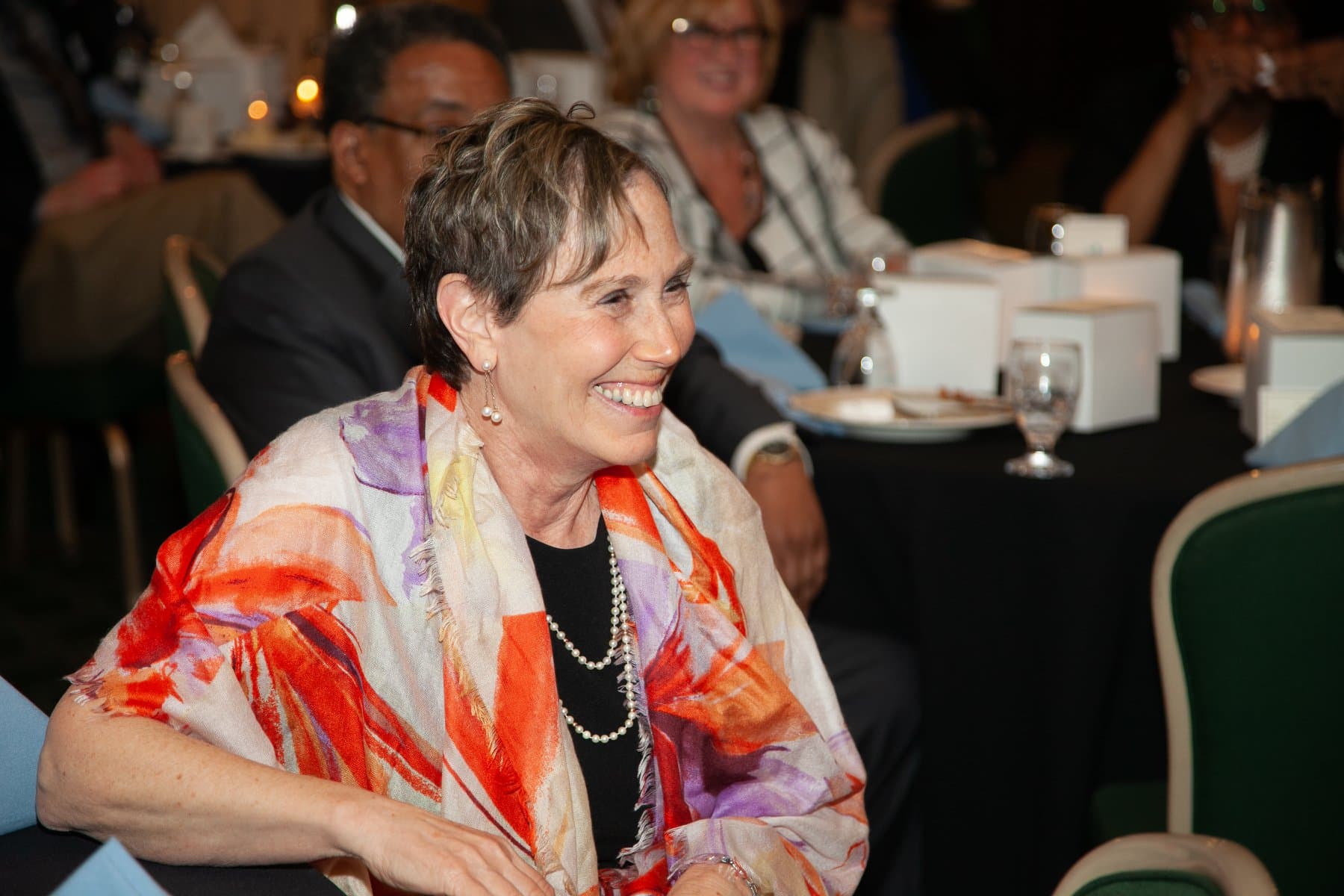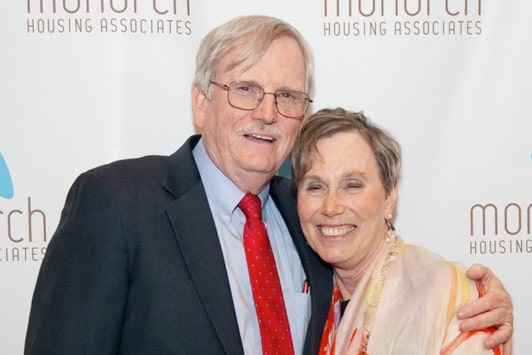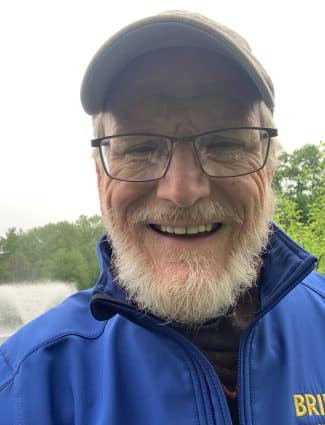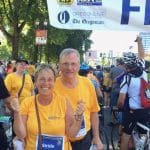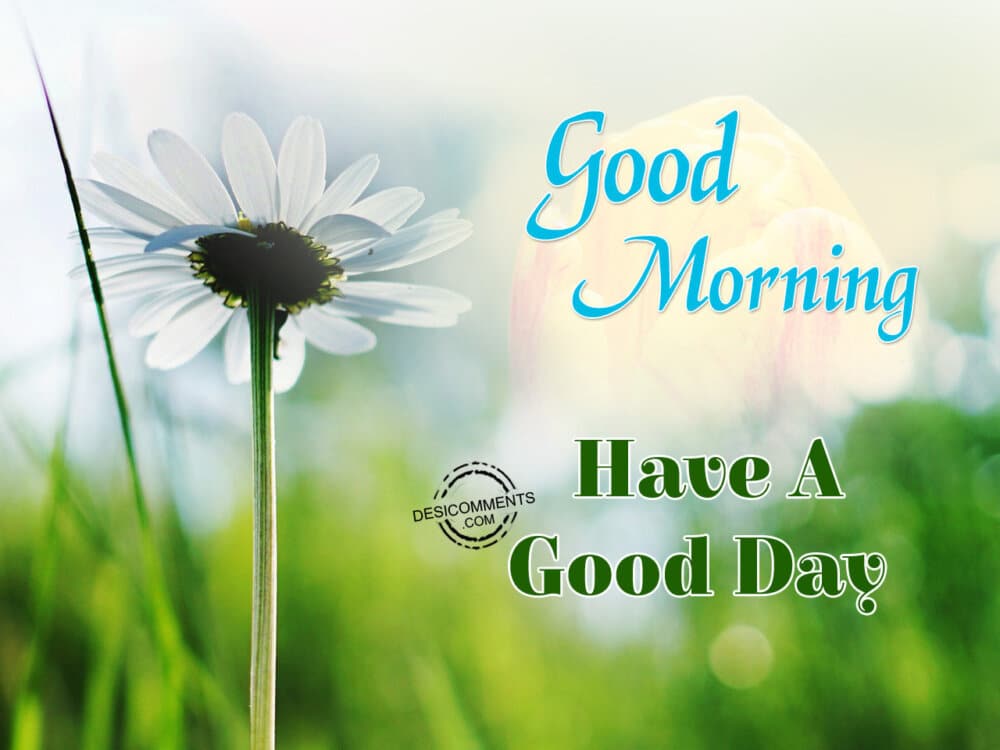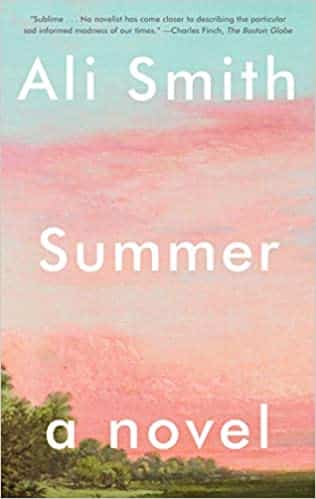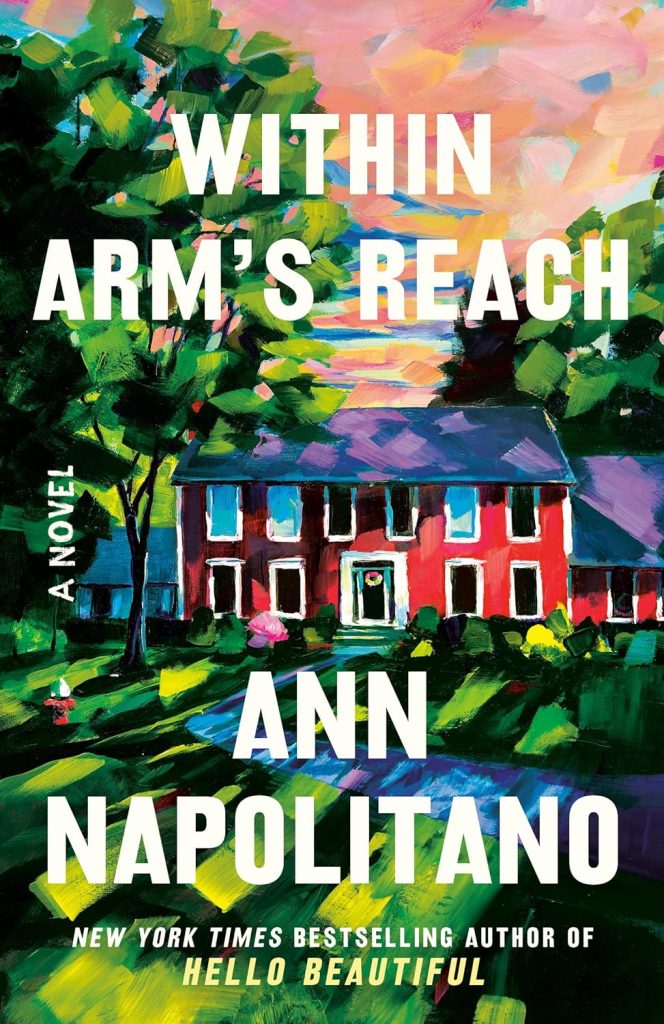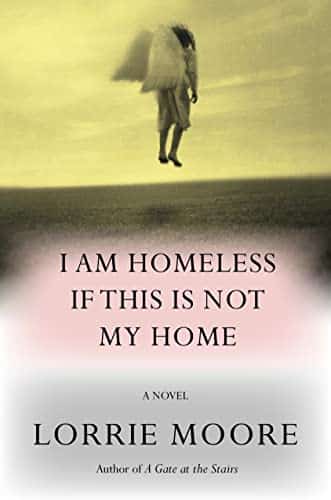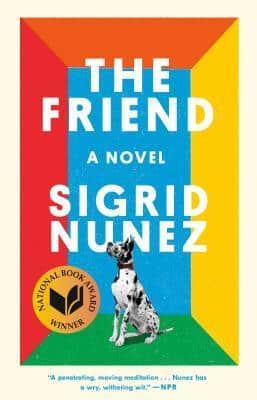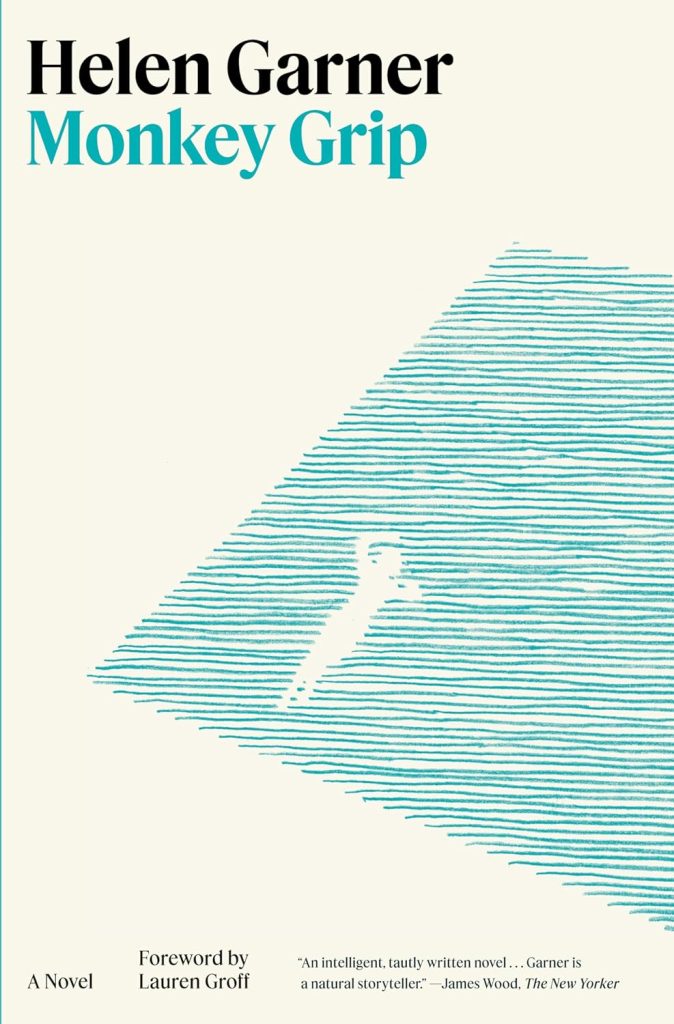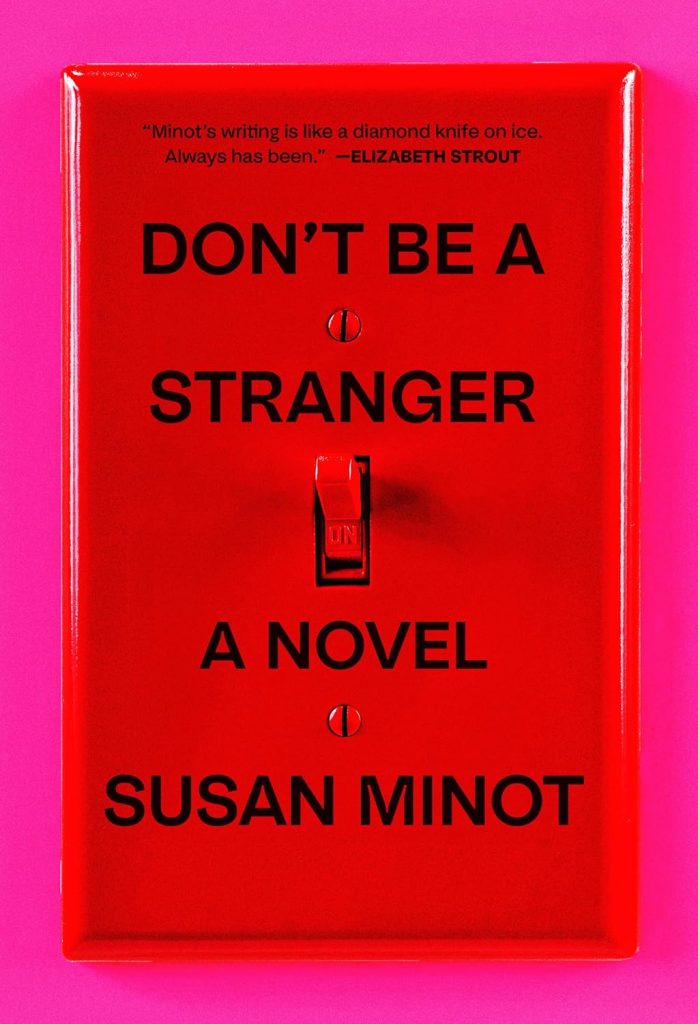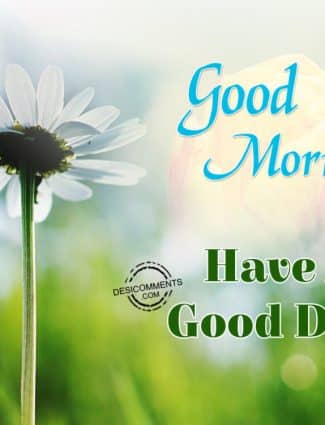
Wishing My Neighbors A Good Day
U2 Bye-Bye
Estimated reading time: 1 minute, 41 secondsI have a habit of wishing everyone I encounter a good day or evening, not only during my walks. Although I used to do it occasionally when Jan was alive, I started doing it more frequently after she passed away, and I started living alone. Initially, I did it to help others, as I was almost sure I would not have a good day. However, as time passed, I noticed that the responses from people not wearing their AirPods became shorter and less genuine. During yesterday’s walk, the 1100th since I buried my wife, I took a southern route that led me to the edge of the Garden State Parkway. As I passed a woman, I wished her a good day, and her response was a quick “U2, bye-bye.”
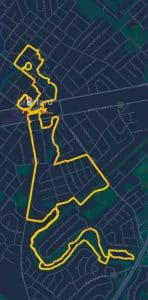 As the fishing season commences, I often pass by people preparing to spend the day waiting patiently for their catch. On one occasion, I encountered a man of similar age who was setting up his fishing gear. When I greeted him, he responded warmly and sincerely, saying, “So far, it’s a beautiful day.” I replied, sharing my belief that every day is beautiful, regardless of external circumstances. We engaged in a brief but meaningful conversation, and the man eventually agreed with my perspective. Before departing, I wished him a successful day of fishing, saying, “Have a good day, and catch a few fish!
As the fishing season commences, I often pass by people preparing to spend the day waiting patiently for their catch. On one occasion, I encountered a man of similar age who was setting up his fishing gear. When I greeted him, he responded warmly and sincerely, saying, “So far, it’s a beautiful day.” I replied, sharing my belief that every day is beautiful, regardless of external circumstances. We engaged in a brief but meaningful conversation, and the man eventually agreed with my perspective. Before departing, I wished him a successful day of fishing, saying, “Have a good day, and catch a few fish!
I firmly believe in the power of sharing good news and uplifting others. For me, connecting with those around me is essential. It’s important to acknowledge the woman who said “U2 bye-bye” and even those who might have been naming their favorite band. While my daily encouragement may not solve all the world’s problems, being supportive is a small but meaningful step toward making someone’s day a little brighter. So, if we ever encounter each other and I say, “Have a Good Day,” I hope you’ll respond with a smile and a kind word. Together, we can make a positive difference in each other’s lives.
Health, Community, Novelty, Purpose
U2 Bye-Bye
Estimated reading time: 1 minute, 41 seconds